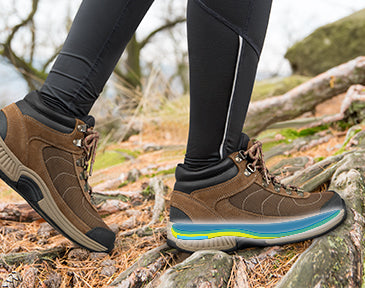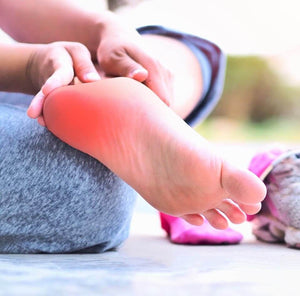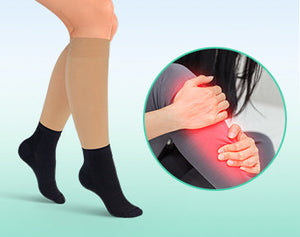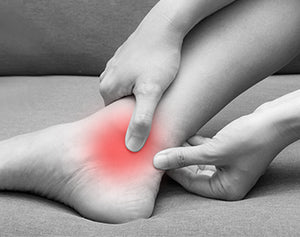The Orthofeet Blog
- All Posts
- All
- Arch Support
- Back Pain
- Bunions
- Diabetes
- Flat Feet
- Foot Pain
- Hammer Toes
- Heel Pain
- Heel Pain/ Heel Spurs
- Knee & Hip Pain
- Knee pain
- Morton Neuroma
- Orthopedic shoes
- Other
- Overpronation
- Plantar Fasciitis
- Swollen Feet
Plantar Fasciitis


Josh White DPM / August 12, 2021
Hiking with Plantar Fasciitis: What You Need to Know
Hiking with Plantar Fasciitis: What You Need to Know
Read Post-
What’s the Difference Between Corns and Calluses?
Medical information provided by Josh White DPM / November 06, 2016Ugh. Something wicked is rubbing against your shoe as you walk, but is it a corn or a callus? Believe it or not, these sometimes-painful occurrences are nature’s way of protecting the soft tissue in your foot. How? By making the outer surface tough and hard. This protects your foot from excess pressure and friction and is called hyperkeratosis (an abnormal thickening of an outer layer of skin). People with bony toes or soft skin tend to suffer from corns and calluses more frequently, but they are ultimately common in all types of feet. Both conditions are often painful, but not always. In most cases, they result from poorly fitting shoes. Shop Now for Shoes for Calluses Here’s a quick way to tell the difference between a corn and a callus: Corn associate corns with your toes. Corns are a build up of hard skin, usually found near the bony area of a toe or even between toes. They often look waxy or discolored and are usually round in shape. The probable cause: pressure from your shoes, which rub against the toes when they don’t fit properly. Corns are also frequent when you wear shoes without socks. Hard corns and soft corns you’ll find hard corns at the top of the smaller toes or on the outer side of the little toe. These are the typical spots where poorly fitting shoes tend to rub most. Soft corns often happen between the toes; they stay soft because the sweat between your toes keeps them moist. Don’t let soft corns live too long – they can become infected. How to remove corns Never try to remove them with a sharp object, like a scissors, razor or knife. Instead, use a gentler and more sensitive pumice stone or emery board to remove the built-up tissue. Always move the pumice stone or emery board in one direction only. You can also try cushioned or medicated pads, which are sold over the counter. Always recommended: seeing an experienced podiatrist to do the job. Calluses This is also a build up of hard skin, but instead of on the toes, calluses are found on the underside of the foot. Calluses are considered a relatively normal dysfunction in the life of your feet, but they also can be caused by improperly fitting shoes. How to remove calluses First, take a warm bath or shower. Directly afterward, use a pumice stone to remove the tissue buildup. If you’re not cut out for this kind of work, see an experienced podiatrist. How you can prevent corns and calluses wear shoes that fit properly and always wear socks that wick away perspiration. Keep your feet dry. The type of shoes that are probably giving you corns and calluses: tight or poorly fitting shoes are more than likely always the main cause. Select shoes that reduce pressure and rubbing on the toes and forefeet. Make sure your shoes allow plenty of room for your toes, and that feature soft uppers and low heels. Recommendation: an orthotic shoe with extra depth and supportive insoles that absorb shock and alleviate the pressure from these sensitive and vulnerable spots.Read More








